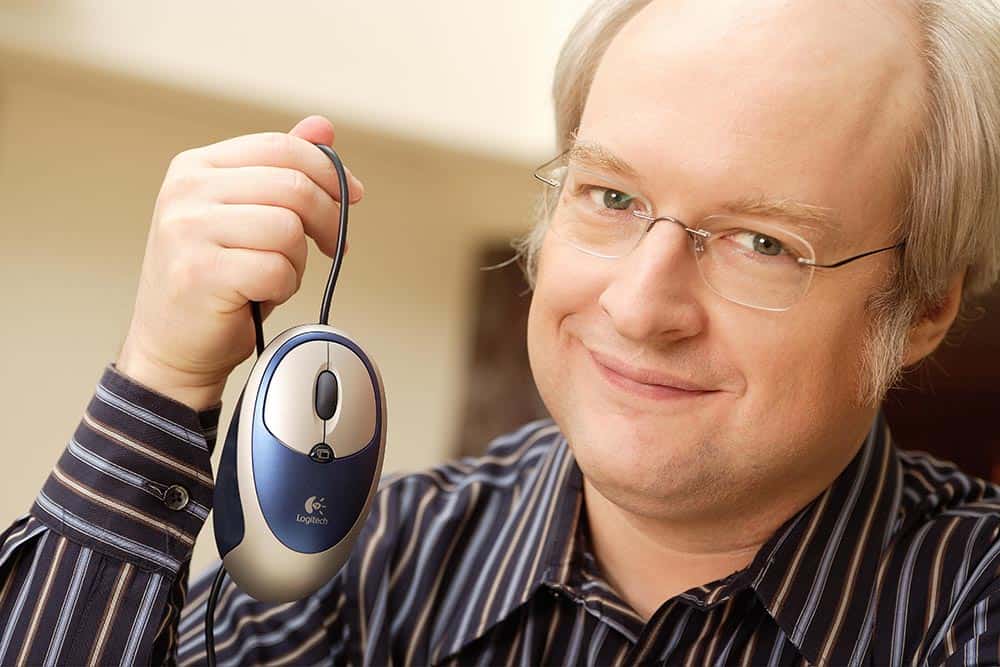Ihr Xi-Team
User Interface Design Guidelines – 10 Rules of Thumb
Nielsen and Molich’s Ten User Interface Design Guidelines
1. Consistency and standards
Interface designers should ensure that terminology is maintained across similar platforms. For example, there must be no ambiguity in wording so that users are certain words, actions and situations represent the same thing.
2. Visibility of system status
Users should always be informed of system operations with easy to understand status reports given in reasonable time.
3. System match to the real world
Designers should endeavour to mirror the type of language, phraseology and concepts users may find in the real world as opposed to ‚tech-speak‘. Presenting information in logical order and piggybacking on expectations users may have formed during real-world interactions will reduce cognitive strain and make systems easier to use.
4. User control and freedom
Offer users a digital space where backward steps are possible, including undoing and redoing previous actions.
5. Error prevention
Wherever possible, design systems so that the number of possible errors is kept to a minimum. Like this users are not called upon to detect and remedy problems, which may on occasion be beyond their level of expertise. Eliminating or flagging actions that may result in errors are two possible means of achieving error prevention.
6. Recognition rather than recall
Maintain task-relevant information within the display whilst users are carrying out actions so that cognitive load is minimised. Due to the limitations of short-term memory designers should ensure users do not have to remember information across parts of the dialogue. Keeping such information visible or offering easy means of retrieving this information is essential.
7. Flexibility and efficiency of use
With increased use comes demand for less interactions that allow faster navigation. This can be achieved by using abbreviations, function keys, hidden commands and macro facilities. Users should be able to customise or tailor the interface to suit their needs so that frequent actions can be achieved through more convenient means.
8. Aesthetic and minimalist design
Keep clutter in the goal space to a minimum. All unnecessary information competes for the user’s limited attentional resources, which could inhibit retrieval of relevant information. Therefore, the display must be reduced to only the necessary components for the current tasks, whilst providing clearly visible and unambiguous means of navigating to more specific information, tasks, actions or any other content.
9. Help users recognise, diagnose and recover from errors
Designers should assume users are unaware of technical terminology so error messages should be expressed in plain language to bring problems to the user’s attention and solutions should be worded to ensure nothing gets lost in translation.
10. Help and documentation
Although the ideal is for users to navigate the system without having to resort to documentation, it may, at times be necessary. When users require help, ensure it is easily located, specific to the task at hand, worded so as to guide them through the necessary steps and not too long-winded.
Origin
Jakob Nielsen and Rolf Molich originally developed these heuristics for the evaluation of user interfaces in 1990. However, in 1994 Nielsen refined these heuristics based on a factor analysis of 249 usability problems to derive a set of heuristics with maximum explanatory power; these are the heursitics listed above.
There is considerable overlap between Nielsen and Holich’s heuristics and Ben Sheiderman’s ‚eight golden rules‘.
Critique
Like Ben Shneiderman, Jakob Nielsen has faced criticism from some graphic designers as they feel he has failed to balance the relative importance of user experience considerations, such as typography, readability, visual cues for hierarchy and importance, and eye appeal.
–> Learn about this in our UX Design Courses
–> YouTube-Video
–> Original article
